
SUS 420J1 Stainless Steel Analysis
SUS 420J1 is a well - known type of stainless steel with unique characteristics.
SUS 420J1 is a well - known type of stainless steel with unique characteristics.
In terms of its chemical composition, SUS 420J1 mainly consists of iron as the base element, along with chromium. The chromium content in SUS 420J1 is relatively high, usually around 12 - 14%. This high chromium proportion gives SUS 420J1 good corrosion resistance to some extent. Additionally, it may contain small amounts of carbon and other alloying elements. The carbon content in SUS 420J1 is typically higher than some other common stainless steel grades within a certain range, which influences its hardness.
SUS 420J1 has several notable advantages. One of the main advantages of SUS 420J1 is its excellent hardness. SUS 420J1 can achieve a relatively high hardness level through appropriate heat treatment processes. This hardness makes it suitable for applications where wear resistance is required. Another advantage of SUS 420J1 is its good machinability. It can be processed relatively easily by common machining methods such as cutting and grinding. This allows for the production of various complex shapes and components.
When it comes to application fields, SUS 420J1 is widely used. In the cutlery industry, SUS 420J1 is a popular choice for making knives, scissors, and other cutting tools. The hardness and corrosion - resistance properties of SUS 420J1 make these cutting tools durable and able to maintain their sharpness for a long time. In the medical field, certain surgical instruments made from SUS 420J1 are used. Its ability to resist corrosion during sterilization processes and its mechanical strength are valuable. In the manufacturing of mechanical parts, SUS 420J1 is also applied. For example, it can be used in gears and shafts where wear resistance and moderate strength are needed.
In summary, SUS 420J1 is a valuable stainless steel with its unique chemical composition, distinct advantages, and wide range of applications in various industries. It plays an important role in meeting the specific requirements of different manufacturing scenarios.
stainless steel processing
The manufacture of stainless steel involves a series of processes. First, the steel is melted, and then it is cast into solid form. After various forming steps, the steel is heat treated and then cleaned and polished to give it the desired finish. Next, it is packaged and sent to manufacturers, who weld and join the steel to produce the desired shapes.
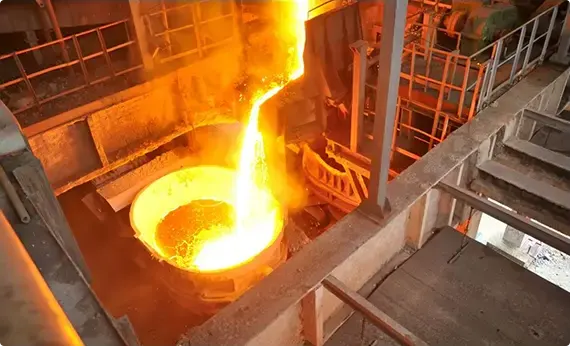
Melting and Casting
The raw materials that constitute a stainless steel item are placed together and melted in a giant electric furnace. Intense heat is applied rigorously for a period of 8 to 12 hours during this step. Once the melting is complete, the molten steel is cast into desired semi-finished forms. Some of the most common forms or shapes include slabs, blooms (rectangular shapes), billets (these could either be round or square), rods, and tube rounds.

Forming
In the second stage, the semi-finished steel shapes undergo a series of forming operations. For instance, the stainless steel is hot rolled (heated and passed through enormous rolls). The blooms and billets mentioned above are converted to bar and wire. The slabs on the other hand are formed into plates, strips or sheets. It is very common to turn semi-finished steel shapes into bars, as it is the most versatile stainless steel form (it comes in all grades and sizes). You have round, square, octagonal, and hexagonal bars, each suitable for a different type of application.
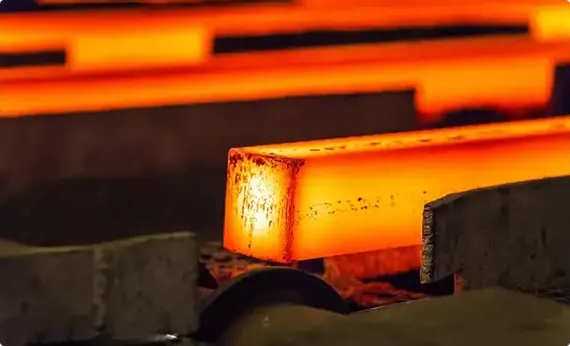
Heat Treatment
The various stainless steel forms undergo a thorough annealing process during this step. Annealing is another name for heat treatment where the stainless steel is heated and cooled in a controlled environment. The purpose of this heat treatment is to relieve the pent-up stress inside the stainless steel and soften the material to make it more suitable for a wide variety of applications. The people in charge of carrying out the annealing process have to be very careful about the conditions as even the slightest of changes in the temperature, pressure, duration, or cooling rate could result in a faulty product.
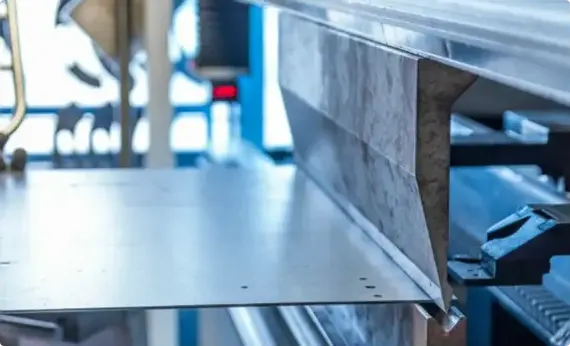
Descaling
During the annealing process, a certain amount of scale appears on the surface of the stainless steel. This scale can be removed using a number of different processes that are collectively known as descaling. Pickling is one of the more common methods of carrying out the descaling process.
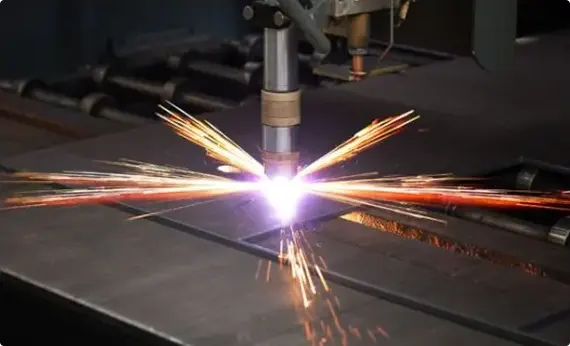
Cutting
The semi-finished, heat-treated, and descaled stainless steel forms are cut into specific shapes in this step. Mechanical cutting is performed with the aid of guillotine knives, blanking, nibbling, and high-speed blades.
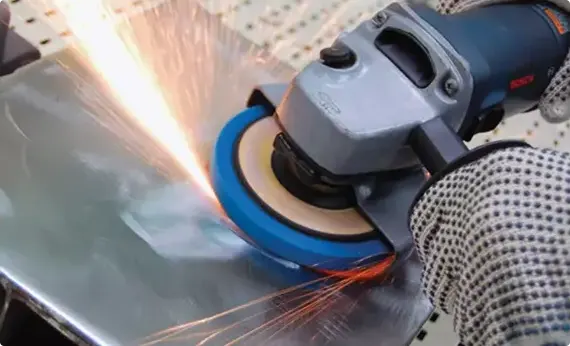
Finishing
Finishing is applied to help the stainless steel product achieve its signature aesthetically appealing appearance. Finishes are also needed to make the stainless steel product smooth and easier to clean, which is a top requirement in sanitary applications.
